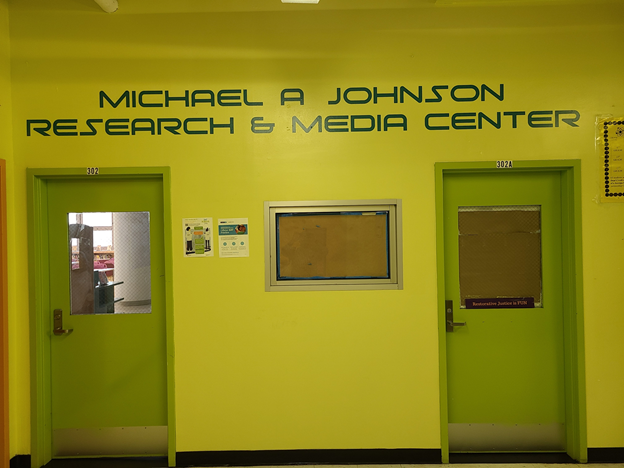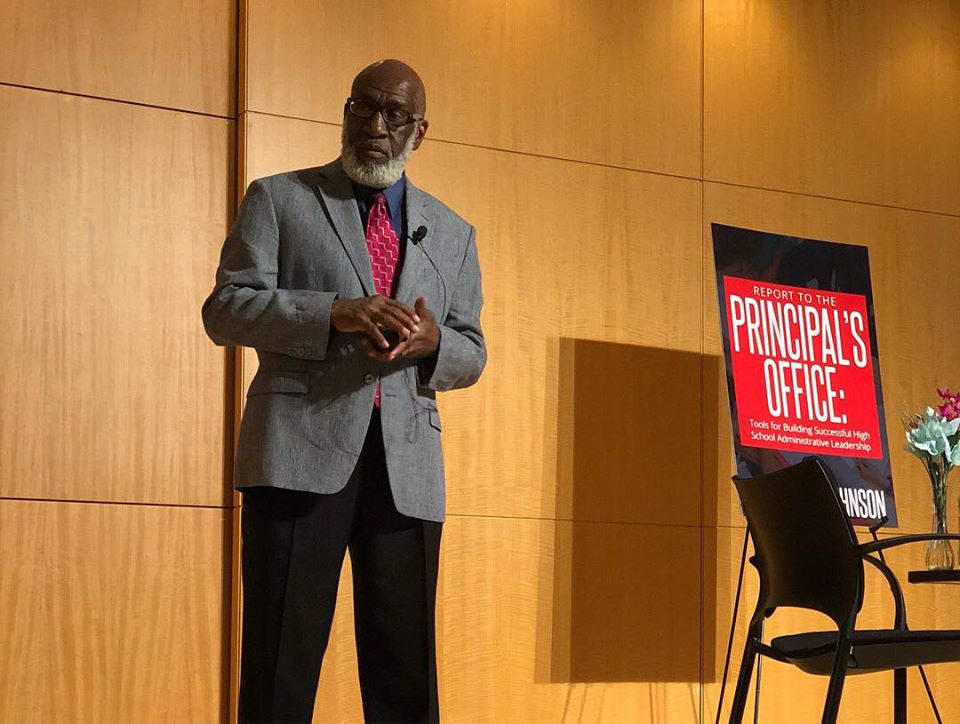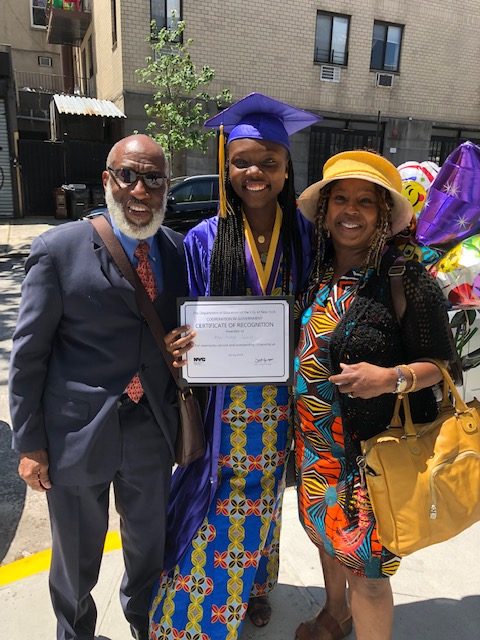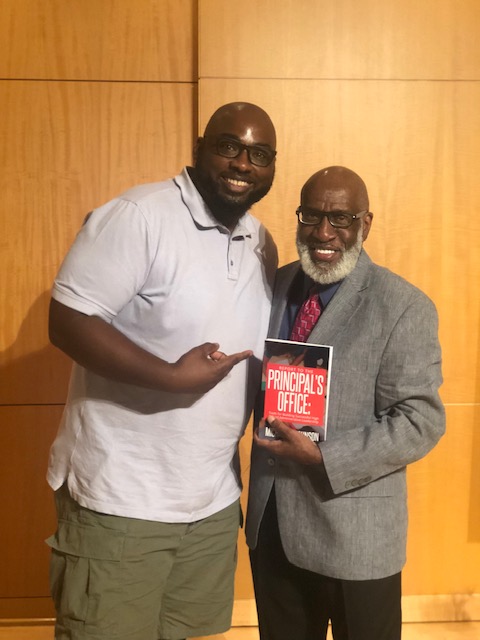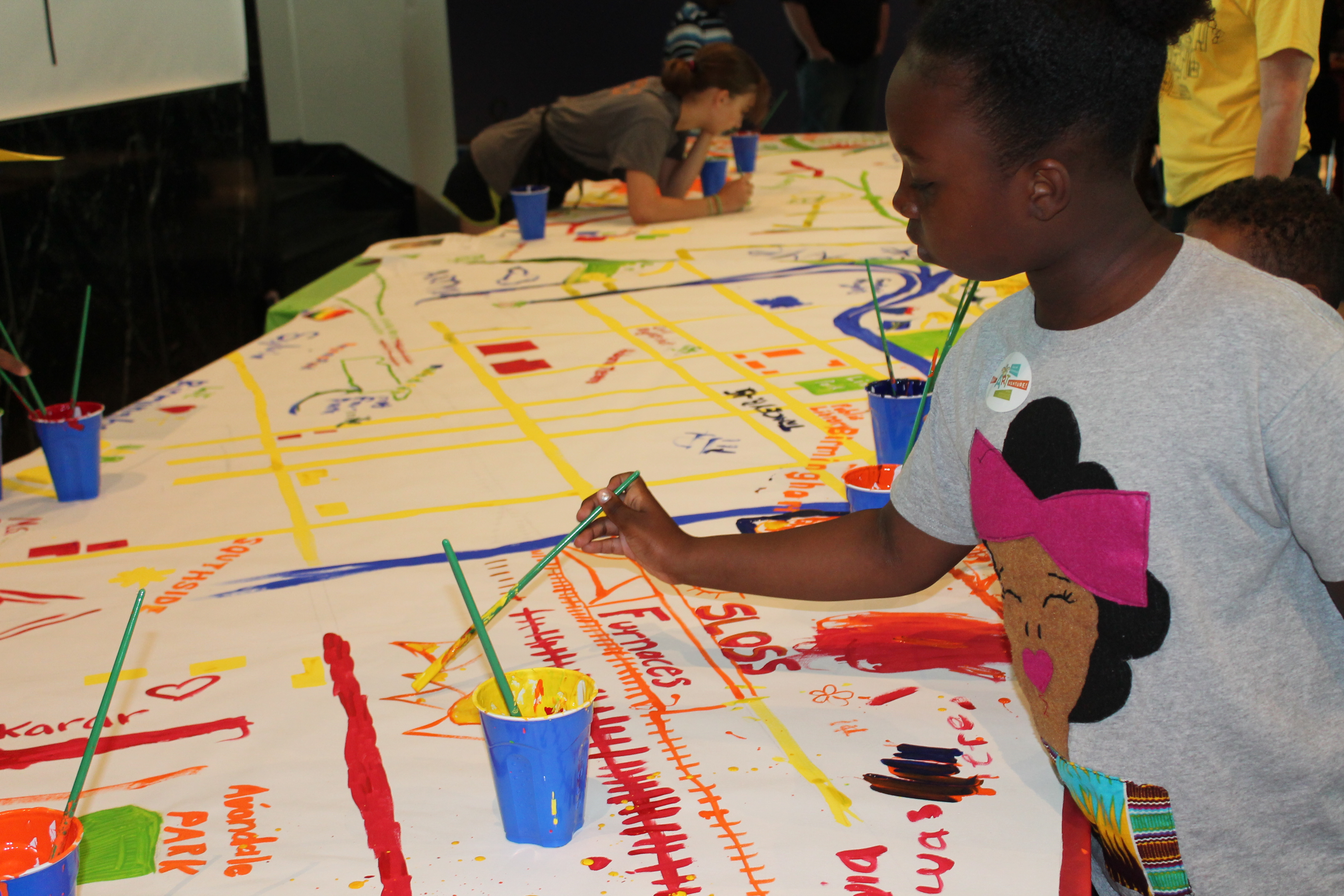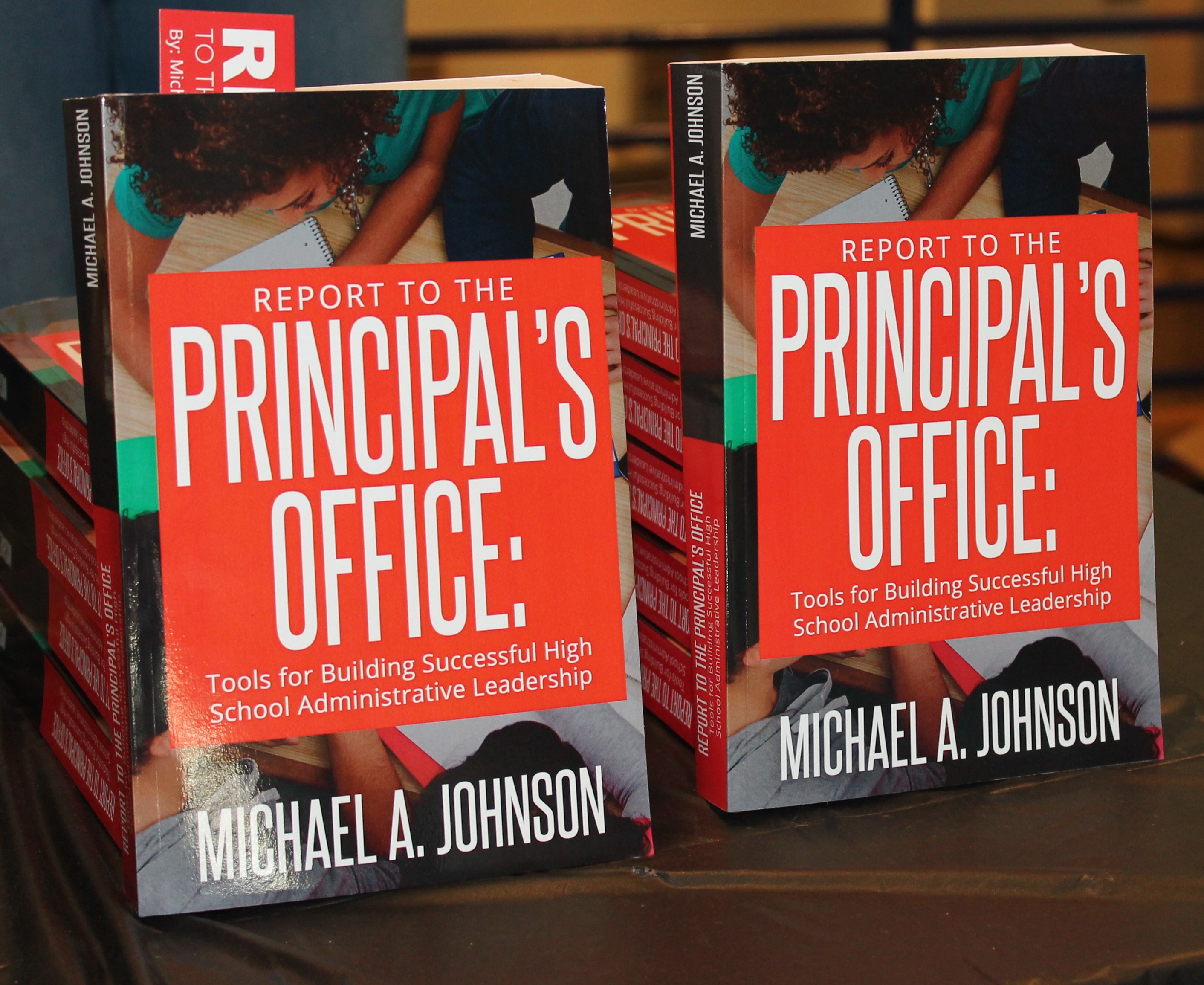On the question of standardized assessments…
Unfortunately, and to the learning detriment of many students, professional commonly accepted content and skills learning curriculum standards and their related standardized assessments (test, exams) have of late fallen on hard times (and why even bother to have standards if they will never be assessed; we can simply declare anyone a plumber, lawyer, or a dentist!). This is due to a convenient coalition of adversaries who have managed to maneuver themselves onto the public education center stage conversation on standards and standardized assessment. One group has used “standardization” and its related assessments as a tool to deny access and opportunity to those disentitled citizen-children; aka Black, Latino, or poor White children who are exposed to a below standards pre-assessment educational learning experience, thus making them non-competitive when they take any exam based on the curriculum standards materials they never had the opportunity to learn. The second part of the anti-standards coalition (in oppositional response to their coalition partners) are admittedly well-meaning, even as their opposition to the principle of standardization and standardized assessments is pedagogically uninformed; and to be painfully honest, they are also hypocritical because many of these individuals (usually themselves part of the US entitled class), provide a high-standards option to their own children, and further, to my knowledge, tend to engage the services of a “certified” (taught and tested) plumber, seek the advice of an attorney who is licensed and has passed the bar exam, and only offer their teeth to dental school graduated and common core dental curriculum standards assessed dentist.
Now, with that out of the way, let me speak to the chief professional educators of the school building who have formally studied pedagogy, pursued the learning of graduate-level school leadership theories and practices, and were required to pass a state standardized school building administrator’s exam to receive a principals license. Therefore, you principal should understand the critical role of commonly accepted content standards and their ‘pacing structures’; for there is much child developmental learning sense-making in the sequential organization of grade-level content standards that allows us, for example, to take a PreK child from basic conceptual numeration to 12th-grade calculus. And we see the present terrible results, primarily affecting poor children and children of color, of what happens when individual states, school districts or schools, ‘make-up’ their own standards. You (certified) principal should also have a deeper and better understanding of the role and purpose of standardized assessments. You know, because you’re an ethical school administrator, that these important evaluative ‘tools-of-the-trade’ should never be used for:
A way of denying access or opportunity to students.
A way to lower the self-esteem or injure the psyche of students.
A way to ‘discipline’ or punish teachers.
A way to marginalize and dismiss the hopes and dreams of parents.
A way to put down, ‘negatively label,’ or ‘test-results-shame’ schools.
A way to punish school administrators.
A way to lower-the-expectations and denigrate particular groups of students or communities.
However, you should also know that standardized assessments should always be used for the purposes of:
A way to diagnose student deficiencies and strengths.
A way to identify the specialized support or educational enhancements needed to ‘grow’ student(s) learning.
A way to expand student(s) quality learning access and opportunities in opposition to socio-economic and political barriers.
A way to improve the methodological performance and efficacious quality of a teacher’s instructional practice.
A way to get Title-1 schools the necessary raising academic achievement resources and the social-emotional health and counseling personnel and support they (and their students) so desperately need to succeed.
A way to give disentitled parents and disenfranchised communities confidence in a fair and equal opportunity “playing-field” academic competition process.
A diagnostic data tool that principals use to determine the policies, procedures, and professional development ideas, interventions, and themes that they and their school staff require.
Ok, since we have addressed the unprofessional inauthentic use of standardized assessments versus the authentic professional use of standardized assessments, let’s move on to the main idea of this essay.
All informal educational (outside-of-school) learning is not equal, and all outside-of-school learning loss is not equal…
We need to start with the above hypothesis in a highly professional, compassionate, and ethically honest way, which means not bringing a denigrating and condescending attitude to the problem. The reality is that a great deal of the quality of a child’s informal-educational experience is driven by parental-push-power (PPP), e.g., financial assets, political influence, connectional human resources, level of education, access to information, and time. Morally speaking, professional educators should do nothing to diminish (instead enhance it) the amount of PPP a student receives at home. But we also have a moral obligation to step in as parent substitutes —In loco parentis, in supporting students who don’t receive adequate amounts of quality PPP at home. And to be clear (for our non-professional education readers), this lack-of-access to those beforementioned learning enhancing parent PPP resources and skills should not be confused with a parent not lacking in having a powerful passion and desire of wanting their child to be educationally successful, even if they personally lack the financial resources, english language skills, political connections, formal education, or “system” information to be more effective in making that happen.
So was the pre-COVID-19 School Year (SY) ‘education world’; so was the COVID-19 2021 School Year (SY) ‘education world’…
The COVID-19 SY did not ‘invent’ learning quality disparities in America; instead, it simply exposed the vast divide in the access-to-learning-resources gap that has always existed between social-economic groups of children in our society. However, COVID-19 did produce the undeniable public exposure conditions that would prevent us from hiding from the fact that our public school systems are, in reality, two separate and unequal, of have and have not systems. The technology access gaps between students, school districts, schools, and communities were fully displayed during the COVID-19 SY. We also realized that most public education systems could not neutralize (and democratize) technological advantages in a severe public crisis school year. In addition, they were incapable of dismantling learning disabling disadvantages. Although the COVID-19 SY was not helpful to any US student who was physically unable to attend school, what is also true is that the COVID-19 SY inflicted different degrees of educational harm on different cohorts of students. Principals must keep this factor in mind as you plan your “undoing-the-damage” 2021-22 school year strategy. This is (wearing my former superintendent’s cap) that school leadership defining moment when I believe that a principal must on a fundamental level “earns-their-stripes”; and on a higher level, symbolically earn those “above and beyond the call of duty medals” by developing an ‘all students’ educational reconstruction plan that contains the smart applications of balancing equity and equality in developing and applying schoolwide learning-support mechanisms.
The 2021-22 SY is what it is…
Just as I told many of my principals as a superintendent, “the students you have are the students you have, the parents are not hiding and keeping a better behaving and higher academically performing group at home!” So it is also true with this upcoming 2021-22 SY, the conditions are what they are, and you principal must deal with them. Make no mistake about it, things will be very challenging, but you must face these challenges in a strategically-smart programmatic way. And you should plan with the idea (if public education history is true to itself) that you probably won’t get all of the financial resources you need to be successful. As a principal facing these kinds of emergency learning-loss situations I assumed nothing; essentially I operated with the belief that all of the help I truly needed was not coming from the school system. It’s always easier to adjust to receiving “extra unanticipated” district resources support, then to plan-to-fail by designing a strategic response to a learning blocking crisis based on anticipated outside help that ends up never arriving. Every one of my 11 years as a high school principal of a Title-1 school I received a sizable number of students who in no knowledgeable educator’s estimation were prepared to do high school work. It was my job (not the district, chancellor or superintendent) to get them to a graduation ‘finish-line’ in four years and onto a positive and productive post-graduation career path. Therefore it is you (yes you!) principal, who must lead the charge in the 2021-22 SY to save your children!
The present and future COVID-19 SY educational danger…
I know after many years as a public educator that a lot of people would prefer that I get on board with the rosy “Good-Housekeeping” image many public (relations driven) education systems seeks to project to the public; but I can’t do that because that would mean selling out students, parents, and disenfranchised communities. Therefore, here is my not-happy-to-report 2021-22 school year hypothetical projection:
The approaching reality of the public education 2021-22 school year is that those entitled public school districts (and entitled schools inside any district) with rich tax bases; school districts that serve primarily as a community educational and not adult employment resource; districts (and schools) having the most well-informed and properly engaged elected officials (including those districts under executive-mayoral or elected school board governance control); those districts (and schools) enriched with well-endowed financial and ‘human-connection’ resources; the districts (and schools) with a financially well-off parental support system, will respond more effectively and positively on behalf of their students in the 2021-22 SY; and therefore the students attending those enfranchised public schools (and districts) will enter a school learning environment year where children will academically ‘recover’ faster from the COVID-19 SY, and as we advance into subsequent school years these fortunate students will out-learning-perform those unfortunate students who attend non-enfranchised school districts and schools! After forty+ years, I’ve come to the consistently observed conclusion that: In both “good” times and “bad” times, the schools that serve the entitled children of our nation fair better than the schools that serve the children of disentitlement. The schools of entitlement are the least negatively affected by any significant school district governance or superintendency change. And further, in a severe emergency, we don’t have a national public educational ethos that demands that “all boats rise equally” during an education-loss flood; the facts are that some boats are better constructed and situated than others to deal with the natural (ex. Covid-19) educational storms of life.
Make no mistake about it, Title-1 schools (and students) face grave educational dangers in the 2021-22 SY…
I have every reason to believe that most Title-1 schools in America will not have what I had as a principal; and that is a 501c3 extra-funds-producing foundation and extensive powerfully rewarding partnerships with major corporations, universities, national-state-local government agencies, federal and foundational grants, and philanthropic giving individuals; and without naming names, I also had a large number of district central office leadership staff that often ‘gifted’ me with a lot of extra resources. Having access to a large amount of financial and human resources far above my official school budget allocation would have allowed me if I were facing a 2021-22 school year, to put in place the necessary comprehensive and extensive, during the school day, extended and after-school day, weekends, holiday and summer break academic programs to get those students who suffered the most from COVID-19 SY learning loss up-to-speed academically. But I don’t think that our average Title-1 school will have access to such resources. And, unfortunately, an ‘ordinary’ or ‘normal’ 2021-22 SY will mean that a lot of students who are on or above grade/performance level will be permanently left behind in their present academic underperformance status while also facing future negative possibilities for engaging in advanced (specialized schools, gifted & talented programs, AP courses, etc.) learning opportunities. But a much harsher reality is the plight of the many disentitled and academically struggling children in this nation who absolutely cannot afford to lose any major part of, or definitely not an entire school year of learning. Those students must be ‘triaged’ to the front of the 2021-22 SY academic recovery line. As I stated earlier, most Title-1 schools won’t have the organizational additional (outside-of-budget) resources foundation and scaffolding help to address the 2021-22 SY challenges effectively. So, school districts will need to intervene in a big way to support those schools.
School districts (with federal assistance) must put principals in a position to win the 2021-22 School Year!
As we move forward, and this is a secondary thought (although with 2021-22 SY implications), principals need to devote some thinking-time, over the next year, for evaluating how their schools performed during the COVID-19 SY; and what do they need to put in place (e.g., creating a 501c3 school foundation, a laptop loan program, a more functional school website, etc.) to be able to address better both the ‘normal’ and abnormal challenges schools will continue to face. But for the immediate situation, any superintendent or principal who believes that the educational crises caused by the COVID-19 SY can be repaired (for all students regardless of academic performance level) with the standard school year approach is setting themselves and their students up for failure.
This brings me to my final point; school districts can’t solve this problem with their present level of financial resources. Principals need to understand (and you will when you become one) that superintendents can’t always publicly say what needs to be said. So I will: Our federal executive and elected national governmental leaders (one of the reasons we teach kids history) need to see and treat the 2021-22 SY as a “Sputnik Response” or “Marshall Plan” moment. School districts will need a 1-3 year special (one-time) massive allocation to get large numbers of US students back on some semblance of a productive educational learning track. Small compensatory ‘tutorial efforts,’ no matter how well-intentioned, won’t get us where we need to go, especially with our most COVID-19 SY negatively affected students; we need to go big!
Further, our 2021-22 SY recovery efforts would be greatly helped by the adoption of President Biden’s bold proposal (Infrastructure Bill) for radically expanding internet access capability (e.g., through municipal broadband capabilities), especially into several states that contain some of the poorest (based on per/pupil expenditures) and least internet-connected rural school districts in our nation (places like West Virginia, Kentucky, Alabama, Mississippi, and Louisiana…). This expanded internet capability and access in both urban and rural school districts would be extremely helpful in supporting our current efforts to navigate the 2021-22 SY successfully, but long term, it would also provide us with a tremendous technological learning asset for regular school learning, and a learning-loss ‘antidote’ if we ever face another COVID-19 like crisis or any emergency (e.g., illness) where students are forced to spend long periods of time out of school.
The key is to provide the sufficiently right amount of funding in the most efficaciously right way…
The caveat for this COVID-19 SY ‘learning reconstruction funding’ is that President Biden and his on-the-hill colleagues must (a chance for bipartisanship?) prohibit and prevent school districts from using the extra money to do the business-as-usual “school improvement,” “raising achievement scores,” “closing learning gaps” expensive programs that sound and feel good but don’t actually work; employing those past failed approaches would be a terrible loss of money and a tragic loss of an opportunity (I would be more than happy to give Mr. Biden a list of people who are sincere and really good at this work, seriously).
This 2021-22 SY is no time for “symbolic” or fancy-sounding ineffective initiatives. So, perhaps it would be helpful to employ the non-politicalized National Science Foundation (NSF) model for screening Request For Proposals (RFP) potential grantees (school districts, schools, and external school improvement consultants and companies). This means having independent educational expert peer review panels to screen and rank proposals; design RFP’s that require potential grantees to have pedagogical knowledge, professional educational certifications, and school based experience; and most critical, a documented proven track record of past “raising-achievement-scores” success, especially with our lowest-performing schools and students; and finally, having grantees who have a sound theoretical/strategic proposal that would suggest that the grantees know and can produce the promised project’s ‘deliverables.’ When dealing with other major natural or unnatural disasters (e.g., oil spills, forest fires, etc.), we don’t bring in entrepreneurial amateurs who have no proven past track record of success in solving the present emergency.
Real change takes place only when there is real change activity in play...
In those school districts (e.g., NYC, Los Angeles, Chicago, etc.) with a politically powerful teacher union presence, for the 2021-22 SY, there must be some “emergency conditions” negotiated contractual concessions (it’s been done before under less extreme crisis situations) that would lead to improved learning recovery and growth opportunities for both our ‘doing well’ and our most academically struggling students. For example, placing a brand new, inexperienced, or not-highly effective teacher with academically struggling students who have suffered an entire year of some or a lot of learning loss is a recipe for disastrous failure for both the teacher and students. Another option school districts may want to consider is to place their most academically vulnerable Title-1 schools into some form of the district controlled, guardianship and redesigned “charter schools” status (this also has been done on a limited basis before under less severe crisis conditions than covid-19) that would allow for the kind of rules and regulations flexibility-relief, and the necessary leadership authority the principals of those schools will need to make this critical school year work for their most vulnerable students. We will set principals up to fail this 2021-22 SY if we request that they act like the essential executive leaders they need to be and then don’t grant them the executive power to act with formal executive authority. Employment in these ‘district charter schools’ for both school administrators and staff should be by a voluntary application process and consist of the best-of-the-best practitioners, regardless of seniority. These Educational Special Practitioners (ESP) must be reasonably extra-compensated for the more extended school day, week, and school year they will need to work if the students in those schools have any chance of surviving COVID-19 SY learning setbacks. An ESP assignment must also be framed as a ‘resume enhancing’ possible future career promotion/advancement placement. These ESP staffed schools must also have additional funding to address the students’ socio-economic, health, and emotional counseling needs.
The first response for the 20121-22 SY, improve the quality of teaching and learning...
For reasons of child-learning urgency, on the district level as a superintendent, and having the appropriate amount of resources, I would start my 2021-22 SY recovery efforts with a robust strategic plan to drive large amounts of resources into immediately improving the quality of instruction. One area of attention would be instituting specialized and differentiated professional development exercises to improve teacher classroom instructional practices. I would create smaller class sizes, and in struggling schools, expand the daily instructional hours and increase the number of instructional school days (the present SY calendar is artificially short-structured to address a no-longer-relevant need to have children available to do farm work). A ‘struggling schools’ 2021-22 SY ‘Year-Round-School’ format can be innovatively creative (e.g., Summer STEM, computer, art, dance, or music concentrated programs, along with the smart inclusion-immersion of “academic work”). Put in K-8 specialized applied science, technology and mathematics labs and train a school-based team of F/T science specialists to teach in them. Expand music and art programs in all schools (for its own educational value but also because it raises academic achievement in other academic areas). A laptop lending program. A fully funded library and a full-time librarian in every elementary school. Place elementary reading teachers in middle schools (and yes, there is a need for a “teach them how to read” program in Title-1 high schools). Establish a gifted and talented program in every K-8 school, with a professionally developed teacher leading the class. Let elementary teachers “specialized” based on interest and ability to be able to “flip” (Math/Science & ELA/History) and teach each other’s classes (this also gives them fewer subjects to prep for). Fund and design many more SPED/REGED team-teaching classrooms, and in Title-1 schools triple the present number of classroom educational and behavioral paraprofessionals (and not limit this paraprofessional support to students with IEP’s); this will (I found) dramatically increase the amount of Quality Learning Time in classrooms; and further, establish in every Title-1 school a school-based teacher resource center and F/T instructional coaches with the number based on the size of the teaching staff; give all schools without one an Assistant Principal (AP), or an extra AP so they or the principal can give serious and dedicated attention to instructional coaching. For the emergency 2021-22 SY, we need a major concentration of effort on improving the quality of instructional practices district-wide if we are not to lose (forever) large numbers of children.
Most of the above strategies are in part or whole (depending on the needs of the school) what was utilized during the 2000-2003 School Years in Community School District 29 Queens, NYC in many of our schools. This led to our being able to raise academic achievement scores across all grades, student performance levels, and schools; faster and better than any of the other 32 NYC school districts. We did this by maintaining a laser focus approach on improving the quality of teaching and learning. Similarly, principals must be singularly focused for the 2021-22 SY on dramatically improving the learning environment for all students in the school building. All of their attention should be on lengthening the amount of Quality Learning Time (that classroom time that is truly dedicated to learning) while strengthening the ‘technical’ quality of teaching and learning in their schools. For just like it’s essentially and ultimately about the quality of the economy for many politicians; also true for school leaders who hope to survive and thrive in the wake of the COVID-19 SY, essentially and ultimately, it will be all about the quality of instruction!
And as for high schools, where there is already (should be) a school cultural imperative of needing to engage in serious academic reconstruction practices, that must also take place in a short window (4 years) of time, and further not having a next-level public school option to pass ‘unfinished’ students onto; well, I wrote an entire book on how to diagnose, treat and strategically raise the scores of those students who arrive annually and unrelated to any health crises to high school suffering from severe learning loss!
Inaction or weak actions will doom the dreams of many children and parents and damage our nation’s economic capacity...
If our national governmental leaders fail to act in a decisive and adequate resourced way in this COVID-19 educational emergency; then, as those COVID-19 SY learning-loss children reach adulthood workforce age (and for high school students, that will be sooner rather than later), American political leaders will be forced to address a severe and debilitating future skills and knowledge competency gap crisis that will exist between US potential and US production. In addition, large numbers of students, due to no fault on their part, will be robbed of the opportunity to place their inherent gifts and talents in the service of all of humanity; but paramountly, they will be unable to employ their extraordinary personal capabilities in the service of becoming all that they imagine and hope themselves to be.
Michael A. Johnson is a former teacher, principal, and school district superintendent. An internationally recognized science educator who served as an expert peer-review panelist for the National Science Foundation. He was part of the team that designed the first NAEP national science exam questions. Johnson led the design, development, and building of two Science, Technology, Engineering, and Mathematics—Career Technical Education (STEM—CTE) high schools: Science Skills Center High School, NYC and Phelps Architecture, Construction, and Engineering High School, Washington DC. He also served as an adjunct professor of Science Education in the School of Education at St. John’s University. An author of a book on school leadership: Report to the Principal’s Office: Tools for Building Successful High School Administrative Leadership. And he is presently completing his second book on school administration and leadership: Report From The Principal’s Office (Fall/2021).
